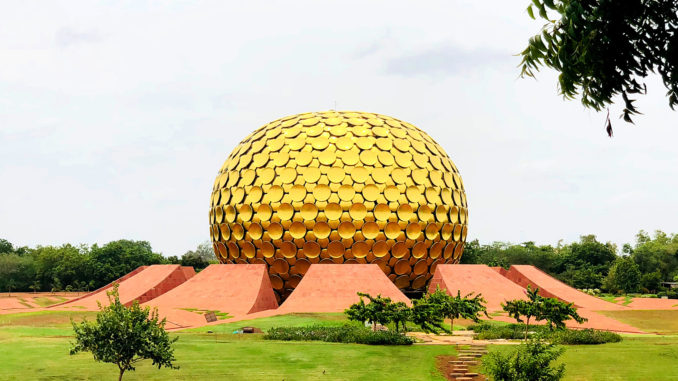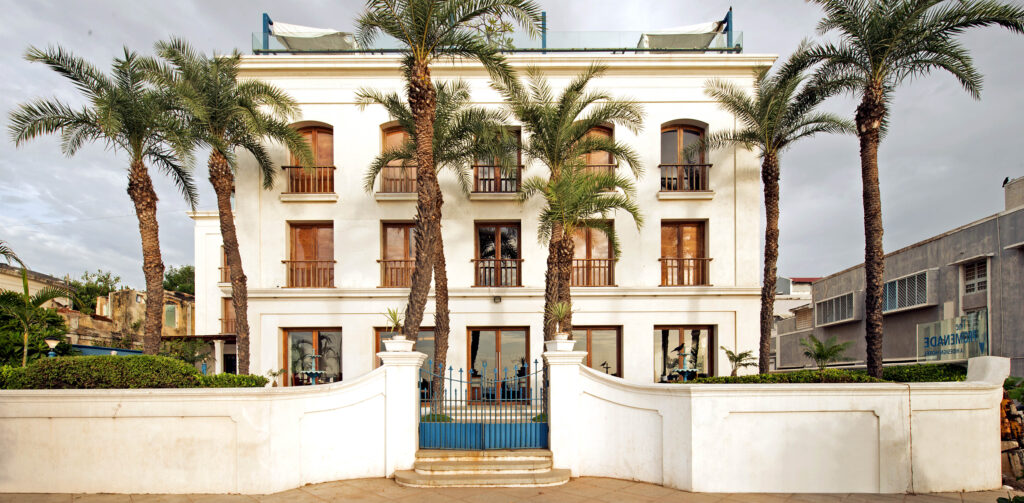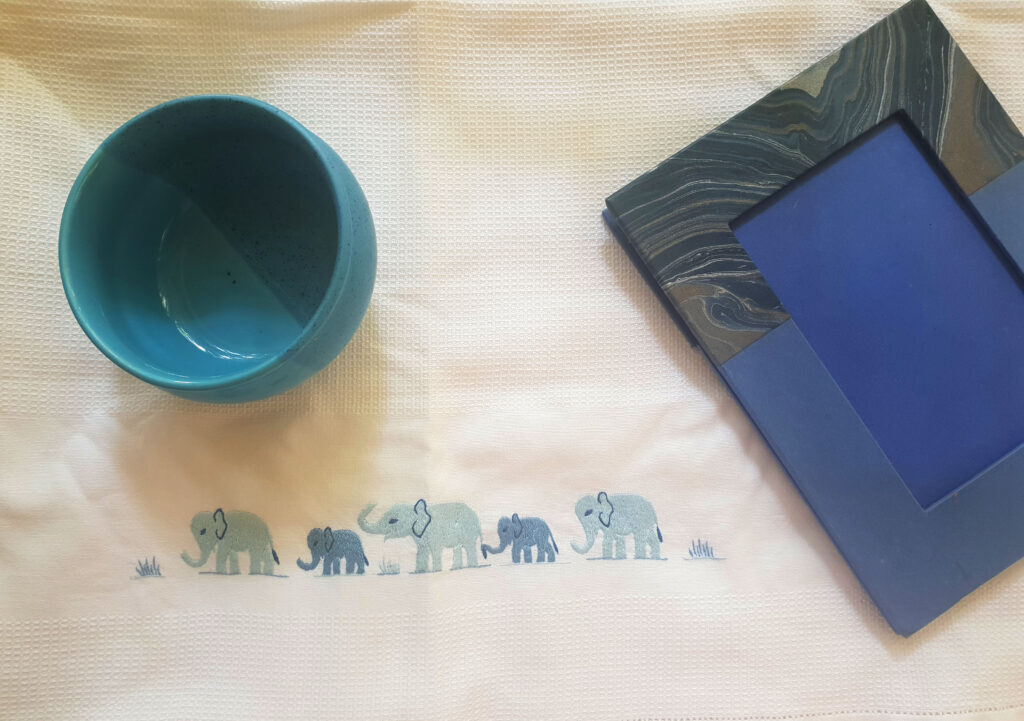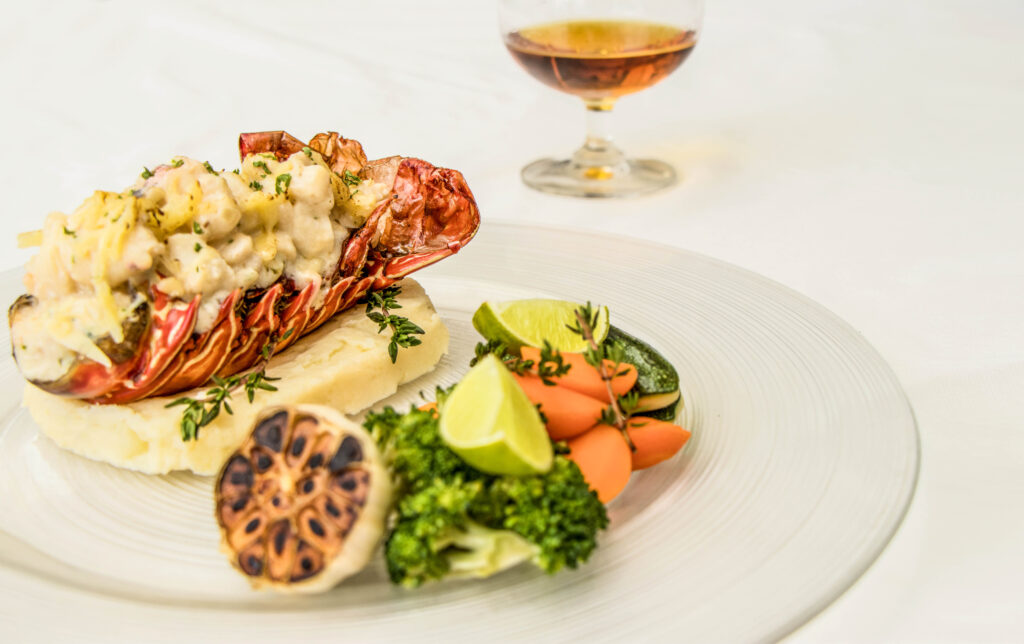
CHENNAI, India — In southeastern India, the former French colony of Pondicherry features cobbled pathways, quaint local retailers and religious institutions, all housed in European-style colonial buildings in “White Town.”
Here, in the European manner, lunches often last for three hours, a hushed tone is mandatory (patrons are subtly quieted by a glowering look if their voice crosses acceptable decibel levels), and there is an unhurried approach to life.
Pondicherry, also called Puducherry, celebrates its unique culture during the annual Pondicherry Heritage Festival, which this year runs from Jan. 22-Feb. 21.
It wasn’t until Ang Lee’s award-winning film “Life of Pi” was released in 2012, featuring scenes shot in Pondicherry, that the coastal territory gained global fame. Within a few years, a group of citizens formed the People for Pondicherry’s Heritage, and along with two nonprofits organized the first Pondicherry festival in February 2015, with support from the territory’s government, among others.
“Our collective aim is to make Pondicherry one of the Heritage Cities of the world, which will make it a great place for all who live here and the desired destination for visitors,” said Sunaina Mandeen, the festival’s co-founder.

“Originally conceived to draw attention to conserve Pondicherry’s outstanding architectural legacy, the festival has expanded its scope to embrace other aspects of heritage. It is the interplay of its diverse environment, an idyllic seaside setting …, a rich spiritual and intellectual history, and fascinating combination of indigenous and imported cultural practices that gives Pondicherry its distinctive flavor,” said Mandeen.
Most of the festival’s activities this year are virtual due to the pandemic.
Under the theme“Talking Streets of Pondicherry,” focusing on the architecture of Pondicherry’s Tamil heritage, the festival is drawing attention to the need to preserve and safeguard the city’s Tamil precinct. A workshop on preserving structural elements in heritage buildings is among the events. Some events will be online for school and college students, with a few live walks and cycle rides planned as well.
“Entrepreneurs and artisans sell their wares at stalls at the Crafts Bazaar for the ‘Made in Pondy’ initiative,” said Mandeen. “This year people can visit their outlets directly … including the delicious local food and Fair Trade outlets.”
Pondicherry typically draws sophisticated travelers, spiritual seekers and those looking for a sustainable experience. The city has incorporated many aspects from not only the French, but also from the British and Dutch cultures and settlements.
“Pondicherry’s history sets it apart from the rest of India, but what makes it truly special is the cosmopolitan nature of the town,” said Dilip Kapur, founder-president of Hidesign. “The Sri Aurobindo Ashram attracts spiritual seekers and explorers from across the globe; the French and strong Tamil roots make this place open to ideas and experiments. This city is filled with unspoiled beaches, heritage buildings, French and Tamil quarters, ancient temples, churches and heritage architecture.”
“Auroville, a special township about 20 minutes away, also offers a destination for immersive travel. Auroville’s experimental outlook provides plenty of innovative ideas on sustainability, food, architecture and the arts,” said Kapur. “Personally, I love the small workshops by the ashram; Senteurs, the perfumery; the handmade paper factory, the marbling section and the embroidery wing where my mother spent her afternoons. In the evenings, I enjoy sitting at the BlueLine [restaurant] at The Promenade [hotel], watching the sky change colors, with a nice glass of wine.”

There is an old-world charm to Pondicherry, with its marbling, hand embroidery, paper making, glazed pottery and handmade leather industries.
“For decades, my home has been dotted with local products, and I see a lot of tourists being interested in these unique handcrafted offerings as well,” said Annabelle Mendez, a longtime resident of Pondicherry. “All my linen is hand-embroidered and procured from the Cluny Embroidery Centre.
“Housed within an 18th-century building, this is a must-visit place, run by a local convent to support underprivileged women who create the most delicate and precise masterpieces painstakingly by hand,” Mendez said. “For serve ware, there are a number of go-to places for ceramics, but my personal favorites are Golden Bridge Pottery and Windglaze Pottery.”
Pondicherry’s culinary offerings are notable as well, featuring fresh, local produce for decades, long before the farm-to-table trend. The Wild Fish Bistro at The Promenade, for instance, serves a combination of French bistro cuisine and Franco-Tamilian Creole recipes, with fresh seafood.

Villa Shanti’s quirky blend of European comfort food and Indian street food specialties is a favorite of locals and tourists alike, while the Coromondel Café offers an elegant breakfast and high tea.
The town also boasts cheese maker Le Ferme, chocolatier Mason & Co., and Marc’s Coffees.
“I used to travel a lot before Covid-19, and I always say that Pondicherry and Auroville have probably the best food scene in the country,” said Kapur. “The cheese makers, bakers and no-fuss, chef-led restaurants are miles ahead in terms of the quality and taste of their offerings.”
(Edited by Anindita Ghosh and Judith Isacoff)
The post Pondi-Cheri: The Indian Riviera That Will Always Be A Darling of France appeared first on Zenger News.
